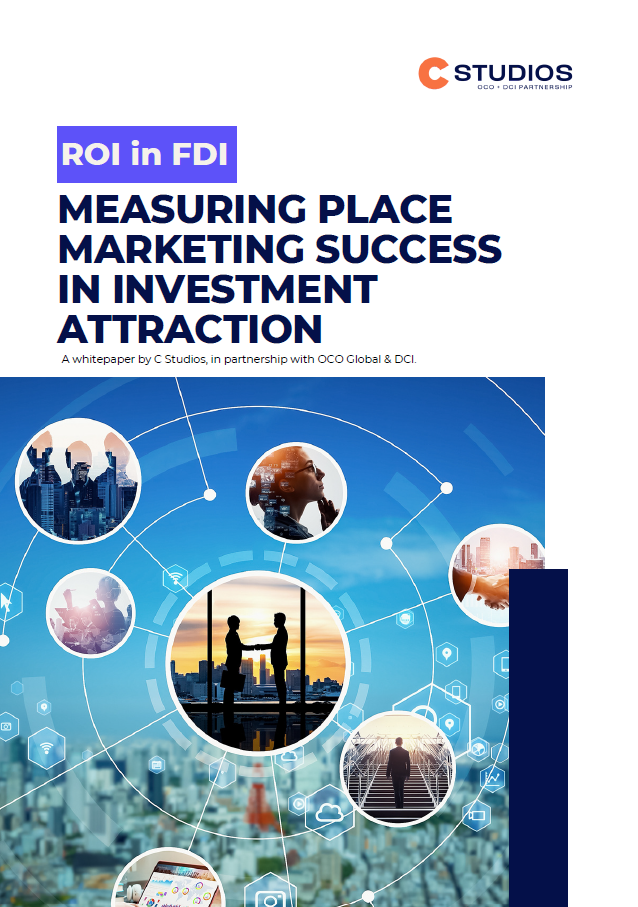How is FDI Marketing Getting Measured Now?
This article an excerpt from our whitepaper, ROI in FDI: Measuring Place Marketing Success in Investment Promotion.
Sales cycles in FDI are long. Really long. One interview with an IPA revealed a project that took 15 years between first touch-point and investment. Generally speaking, anywhere from 6 months to 6 years is more common, with timeframes shrinking as companies approach IPAs later in the cycle and do more of their own homework.
With timeframes like that, the influence of a marketing campaign is hard to capture in the course of a year-long programme. Complicating matters is the unique nature of not having a monetary product or service to sell. Capital investment is the closest metric, which is cyclicle, volitile and driven by external factors no IPA can completely control. Basing metrics on a figure like that will not lead to informed decisions.
Many IPAs still rely on leads as the only viable metric. This makes sense when budgets and staff are down to their bare bones. For those that have discretionary funds for more proactive promotion, additional metrics come into view that are worth consideration. Admitedly, these can seem "soft" to some people in the industry and struggle to achieve significance among boards of directors and government ministers.
Get the frameworks that enable a more holistic approach to investment promotion measurement, bridging the gap between brand-building activities and tangible outcomes.
In most other industries, "soft" metrics are a standard that communicates value in a path to purchase – they are indicators of correlation that can be mapped to an end result. FDI tends to be more cause-and-effect oriented, where only the most brand-driven organisations measure perception, visibility or engagement among their KPIs.
Nevertheless, what are the common metrics used to capture marketing returns?
Website Visits: A website is your location's digital welcome centre, especially for international audiences. Getting more of the right people to visit should be a priority. However, beware: Without context, this can be easily inflated, so secondary quality metrics needs to be considered like average time on page and conversions.
Marketing Leads Generated: As previously noted, leads are important. When budgets are limited, this is the default KPI for tangible marketing results. The risk is that by focusing solely on the end of the decision cycle, there's nothing driving demand on the other end of it.
Improved Perception: Initiating perception surveys in target markets – and then reissuing them every 1-3 years thereafter – identifies changes in visibility and perception. Both take time to establish and change, but each influences the emotional energy of a site selection decision, so it's important to measure where they stand.
Brand Sentiment Studies: If your IPA is spending more than $3M in annual awareness generation (i.e. advertising and activations, not just trade show booths), an annual brand sentiment analysis in target markets should reveal valuable data points. And if insights are hard to come by, your efforts are likely not resonating, which is an insight on its own.
We propose one more worth considering, which is closely tied to website visits. How do you know your marketing is working and traction is taking root? When natural website traffic (i.e. not directly attributed to your marketing campaigns) from your target markets starts to rise. More common with DMOs attracting visitors, the metric is:
Brand Lift: Increases in non-paid traffic (organic and direct, primarily) as well as brand-oriented web searches indicate real traction from target markets. This is marketing gold in most industries and should be in FDI attraction also.
To summarise, progressive IPAs understand that marketing is not just a lead generator, but an integral part of the entire investor journey.
Need a marketing partner?
C Studios can help with tailored counsel for investment promotion agencies, governments and their partners on FDI attraction initiatives.

